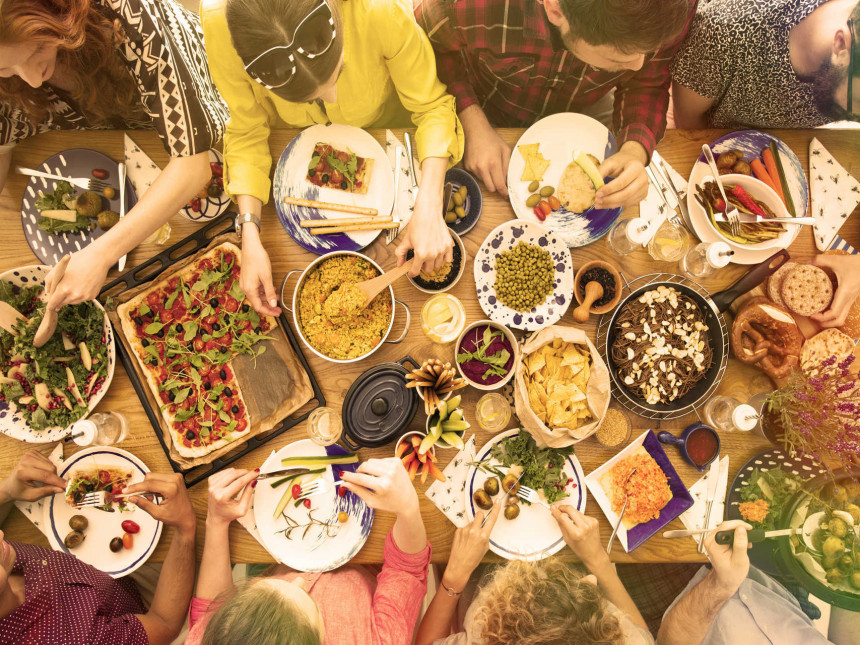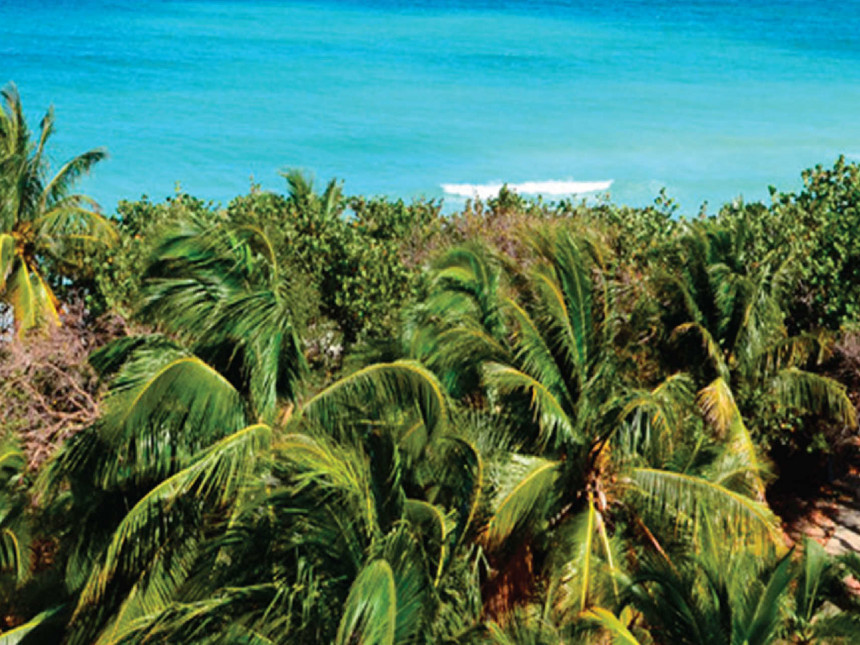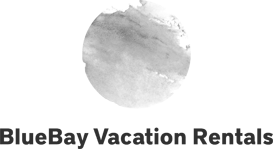Columbus wrote in his diary: “… Is that the most beautiful island that eyes have seen …”. His words reflected the fascination that brought you the splendor and the colors of the newly discovered land. The ground under him was Bariay Bay, northeast of Cuba, located in the province of Holguin. They ran the dates of October 28, 1492.
Just Released the New World, began the meeting of two cultures. For the first time the eyes of Europe were astonished at the beauty as heady as it is challenging.
The great discovery happens a new finding, apparently smaller, but has had a strong influence on Western culture. Went like this: Columbus, as was his custom, he sent two of his men, Luis de Torres and Rodrigo de Xerez, to explore the area and contact with the emissaries of the Great Khan (for that of the Indies, remember?) To sign a trade agreement.
In early November, the two explorers find themselves with the inhabitants of the island, the Taino Indians. Men and women inhale the smoke of a cylinder of dry leaves, it draws attention of visitors.
Back to Playa Blanca in the bay, Columbus relate what they have seen and this makes the following entry in his diary on November 6, 1492:
“… They were always men with a firebrand in the hands (Cuaba) and certain herbs to make their incense, which are dried herbs (Cojiba) stuck in a certain way too dry leaf musket … and on one hand. On the other suck or sip, and to receive the breath in the smoke, with which numbs the flesh and quasi-drunk, and they say they do not feel tired. These muskets they call tobacco … ” .
Columbus used in his diary, the words “Cuaba”, “Cojiba” and “snuff”. It is believed that “Cojiba” (also cohiba, cohoba or cojoba) is the Taino word designating the musket or roll of smoked dry leaves, the first name of the cigar. And “snuff” was the name of the tube in a “Y” with the Indians aspired snuff, but today is the word used in Cuba and the Dominican Republic to say “cigar”.
Shamans used it to go into trance and contact the spirit world, in medicine (made poultices to cure skin diseases) and even tribes who had consumed as food. The result of this intense contact with the snuff Indians, the Spanish encountered a host of words designating the same, each in a different language or dialect: yoli, petum, picietl, cumpai, tobago, etc..
But Columbus and his men had already shown the world the snuff and little by little, this became known and appreciated in other countries. Walter Raleigh, took him to England and Jean Nicot, French ambassador to Portugal, introduced him to the French court recomendándoselo the queen as a remedy for her headaches.
The use of snuff became fashionable among the upper classes because during those early years were attributed many healing properties, almost miraculous. But it was not consumed cigar-shaped, if not in powder, one of the simple ways in which the Indians ate.
Came the “snuff mills” that were responsible for obtaining the valuable powder known as “snuff”. This was the most common form of snuff consumption during the s. Sixteenth and first half of s. XVII.
In the Historical Archive of the Royal Tobacco Factory of Seville, it is clear that cigars made by men, start there in the second half of the seventeenth century (1686), and the Factory of Cadiz, somewhat later, began to be developed by women, origin of the famous “cigar.” It produced a variety of cigars: large, medium of “spinning red,” known as “papantes” and other little cigars tied with white spun, “the fashion of Cadiz”.
The first appearance of the rings is related to the need for the thread tying cover layer and prevent him to be hung. Later, the rings became somewhat wider to prevent stain the white knights gloves to hold the cigarette.
Hence it was printed on them the manufacturer’s mark was only one small detail: the invention of the lithographic printing.
The first Habanos cigars came from the Royal Company of Havana in 1747, increasing consumption in the following decades.
In s. XIX, begins the tobacco industry in Cuba. Arise many small workshops twisted cigar, “chinchales”. In the second half of the century, continue to emerge and arise chinchales classic brands, whose reputation continues to this day: Daughter of Cabins and Carbajal (1819), Larrañaga (1834), Partagas (1845), Romeo and Juliet (1875), The Flor de Cano (1884) and La Gloria Cubana (1885).
Almost all of them founded by Spanish settlers until 1898, when the outbreak of the Spanish-American War, the tobacco industry was in Spanish hands.
After the U.S. interference in Cuban War of Independence, that “mambises” (the Cuban patriots) had been struggling for over a decade, the tobacco industry began to be controlled by U.S. companies.
It was in the s. XIX when developing the classical vitolarios as we know. Highlights include the first cigars, the “Crown” and “Half Crown” (possibly two of the oldest), which were offered as gifts to the Spanish Crown, along with other less known today as the “Royalties” the “Average Stock”, the “Imperial”, the “Monarch”, the “Rods”, the “Queens” and “Princes”.
The s. XX after the war, emerges the tobacco industry, crippled by war and American intervention. Creating new brands: Fonseca and The Belinda born in 1907, Bolivar in 1927, Troy in 1932, Montecristo in 1935, Flor de Rafael Gonzalez Marquez in 1936 and Saint Luis Rey in 1940.
With the triumph of the Revolution, the tobacco industry was reorganized and added to the progress and quality brands of cigars. Cohiba born in 1966 (considered the best cigars in the world), in 1969 Trinidad, the gift of government protocol of the Republic of Cuba, and recently, in 1999 San Cristobal de La Habana. The Cuban tobacco industry continues to grow today to meet market demands exquisite.
We hope we have aroused your curiosity by this industry many years ago. This time we have focused on its history, but much to say on his plantation and manufacturing processes. All this in a future article we hope will be of interest. Of course, if you want to know more about this reality we invite you to attend the 2012 Cuba Habano Festival to be held in Havana from February 27 to March 2. Why not, we recommend BelleVue alojaros in Deauville, in the heart of the city.







No Comment